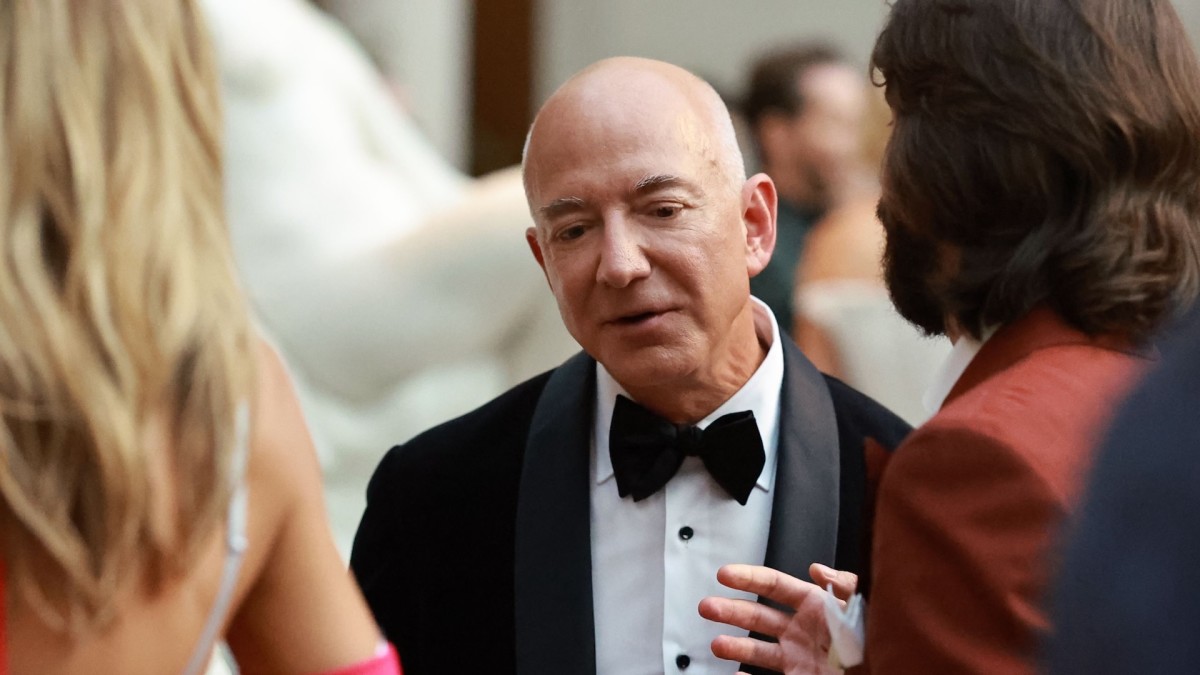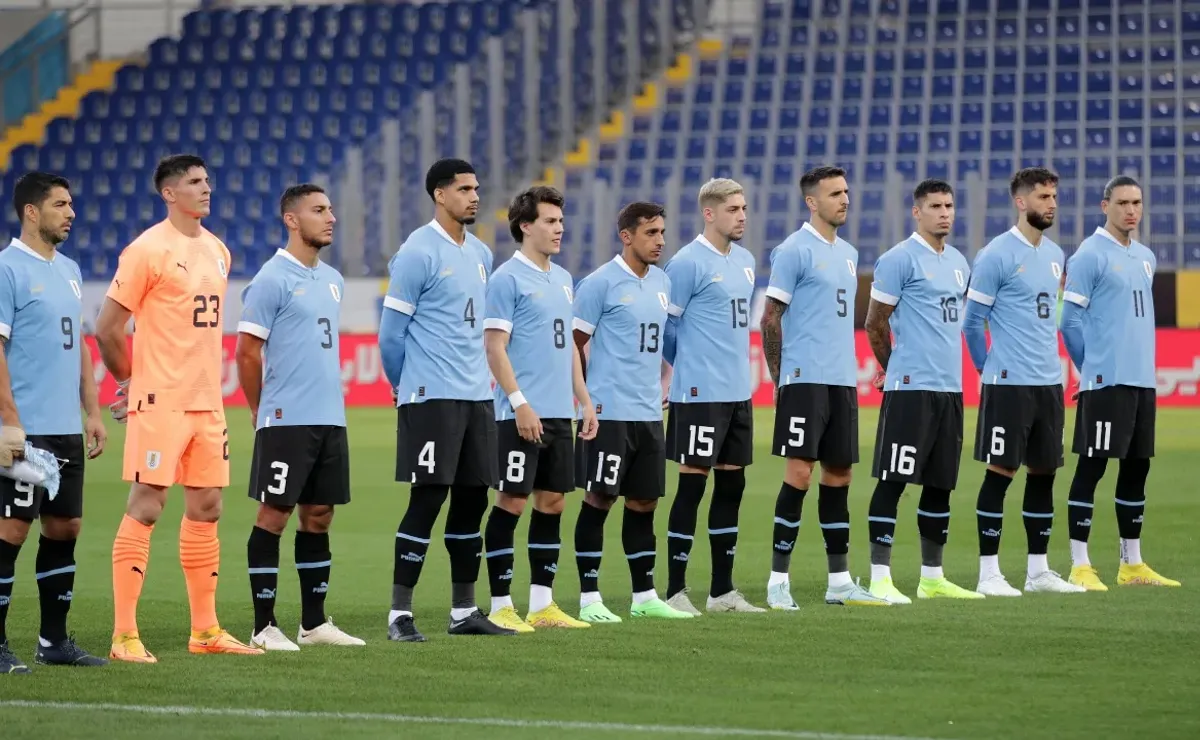Beyond Representation: Authentic Storytelling For Asian And Asian American Media

Table of Contents
Moving Beyond Stereotypes: The Importance of Nuance and Complexity
Authentic storytelling necessitates a radical departure from harmful stereotypes. These reductive portrayals flatten the multifaceted realities of Asian and Asian American individuals and cultures, hindering genuine understanding and empathy.
Deconstructing Harmful Stereotypes
- Examples of harmful stereotypes: The hypersexualized Asian woman, the perpetually foreign and misunderstood immigrant, the nerdy and socially awkward Asian man. These are just a few of the damaging stereotypes frequently depicted in media.
- The impact of these stereotypes: These stereotypes fuel prejudice, limit opportunities, and contribute to a sense of invisibility and othering within society. They perpetuate harmful microaggressions and can lead to real-world discrimination.
Showcasing Diversity Within the Asian and Asian American Community
The Asian diaspora encompasses a vast array of cultures, ethnicities, and experiences. From the vibrant traditions of India and China to the unique histories of Southeast Asian nations and the complexities of the Korean diaspora, the diversity is immense.
- Examples of diverse cultural experiences needing representation: The unique challenges faced by refugees and immigrants, the experiences of LGBTQ+ individuals within various Asian communities, the impact of colonization and historical trauma, the realities of socioeconomic disparities within the Asian community.
- Highlighting diverse voices: It's crucial to include diverse voices – writers, directors, actors, and producers – throughout the entire creative process to ensure accurate and sensitive portrayals. Authenticity stems from lived experience.
Portraying Complex Characters with Realistic Flaws and Strengths
Moving beyond one-dimensional characters requires depicting individuals with full emotional ranges, realistic flaws, and multifaceted strengths. They must be allowed to be flawed, complex, and deeply human.
- Examples of well-developed characters (positive and negative): Characters like Kamala Khan in Ms. Marvel showcase positive representation while acknowledging the complexities of identity. Conversely, poorly developed characters who serve solely as comedic relief or exist solely to fulfill a stereotype should be avoided.
- The importance of depth and agency: Authentic storytelling gives Asian and Asian American characters agency, allowing them to drive their narratives and make meaningful choices, free from the constraints of stereotypical limitations.
Collaboration and Authenticity: Centering Asian and Asian American Voices
Authenticity in storytelling isn't simply about representation; it's about centering the voices and perspectives of the community being portrayed.
The Crucial Role of Asian and Asian American Creators
The involvement of Asian and Asian American creators at every stage of production is paramount. Their lived experiences and cultural understanding are irreplaceable.
- Examples of successful projects: Shows like Everything Everywhere All at Once and Pachinko highlight the power of stories created and driven by Asian and Asian American visionaries.
- Benefits of lived experience: Lived experience allows for a deeper understanding of cultural nuances, subtle expressions, and the unspoken realities of the community.
Working with Cultural Consultants
Cultural consultants provide invaluable expertise, ensuring accuracy and preventing cultural misappropriation. They act as crucial bridges between creators and the communities they are portraying.
- Examples of how consultants contribute: Consultants can help with accurate dialogue, appropriate portrayals of customs and traditions, and sensitive depictions of historical events.
- Ethical considerations: Respectful representation demands thorough research, consultation, and a commitment to avoid perpetuating harmful stereotypes or misrepresenting cultural practices.
Amplifying Authentic Voices Through Community Engagement
Engaging directly with the community through consultation and feedback is vital for ensuring accuracy and avoiding harmful stereotypes.
- Methods of community engagement: Focus groups, community screenings, interviews with community members, and utilizing social media for feedback.
- Ethical obligation: Creators have an ethical obligation to listen to and respect the community's perspectives, incorporating constructive feedback into their work.
Beyond Representation: Creating Meaningful Narratives
Authentic storytelling goes beyond simply showcasing diversity; it aims to create narratives that resonate with a wider audience while remaining true to cultural experiences.
Exploring Universal Themes Through an Asian and Asian American Lens
Stories that explore universal themes – love, loss, ambition, family – through the lens of Asian and Asian American experiences resonate deeply and foster empathy and understanding.
- Examples of universal themes: The exploration of intergenerational trauma, the complexities of family dynamics across cultures, navigating identity and belonging in a diverse society.
- The power of storytelling: Authentic storytelling has the power to build bridges between cultures, promote cross-cultural understanding, and challenge societal biases.
Challenging the Status Quo and Promoting Social Change
Authentic storytelling can serve as a powerful tool for social change, highlighting systemic injustices and advocating for positive change within Asian and Asian American communities and beyond.
- Examples of media tackling social issues: Films and shows addressing issues such as anti-Asian hate crimes, the struggles of undocumented immigrants, and the complexities of cultural assimilation.
- Potential impact: By showcasing the strength, resilience, and diverse experiences of Asian and Asian American communities, authentic storytelling can contribute to more just and equitable social policies and perceptions.
Conclusion
Creating authentic storytelling for Asian and Asian American media requires a commitment to nuanced portrayals, collaborative creation, and meaningful narratives. Moving beyond simplistic representation demands actively centering the voices of the community, engaging in thorough research, and prioritizing ethical considerations. Let's work together to foster genuine representation in Asian and Asian American media, creating culturally sensitive narratives for Asian and Asian American audiences. Demand better representation, seek out and support authentic Asian and Asian American stories, and participate in creating a more equitable and nuanced portrayal of our diverse communities. Embrace the power of authentic storytelling to create meaningful and lasting change.

Featured Posts
-
 Tam Krwz Ky Nyy Mhbt 36 Salh Adakarh Ke Sath Telqat Ky Khbryn
May 11, 2025
Tam Krwz Ky Nyy Mhbt 36 Salh Adakarh Ke Sath Telqat Ky Khbryn
May 11, 2025 -
 Auto Dealers Intensify Opposition To Ev Sales Requirements
May 11, 2025
Auto Dealers Intensify Opposition To Ev Sales Requirements
May 11, 2025 -
 Celebrating The Resi Awards 2025 Winners
May 11, 2025
Celebrating The Resi Awards 2025 Winners
May 11, 2025 -
 Jeff Bezos James Bond Poll A Clear Winner Emerges
May 11, 2025
Jeff Bezos James Bond Poll A Clear Winner Emerges
May 11, 2025 -
 Asi Se Jugara El Campeonato Uruguayo De Segunda Division 2025
May 11, 2025
Asi Se Jugara El Campeonato Uruguayo De Segunda Division 2025
May 11, 2025
